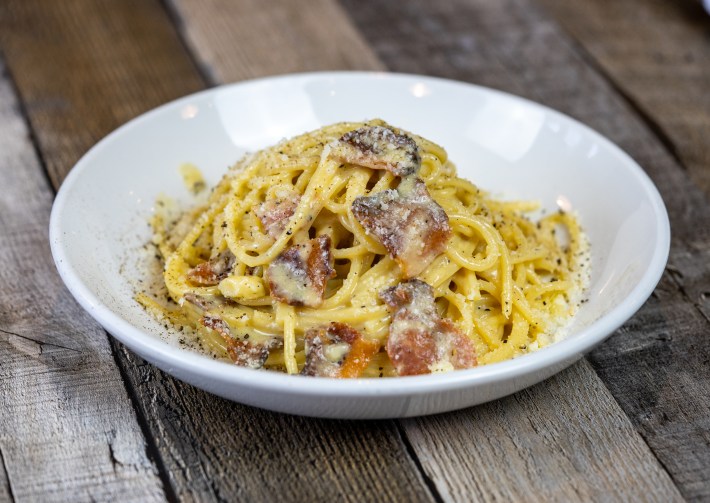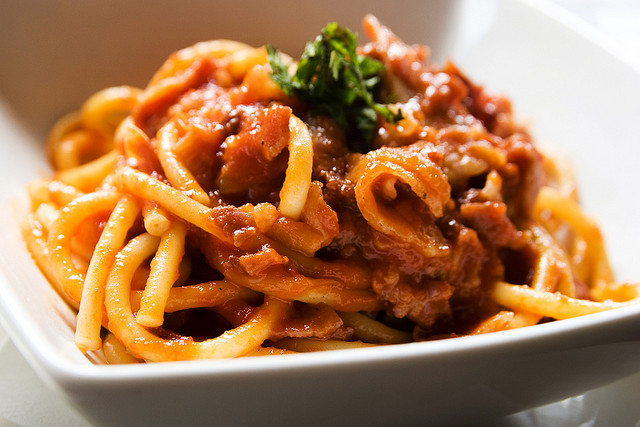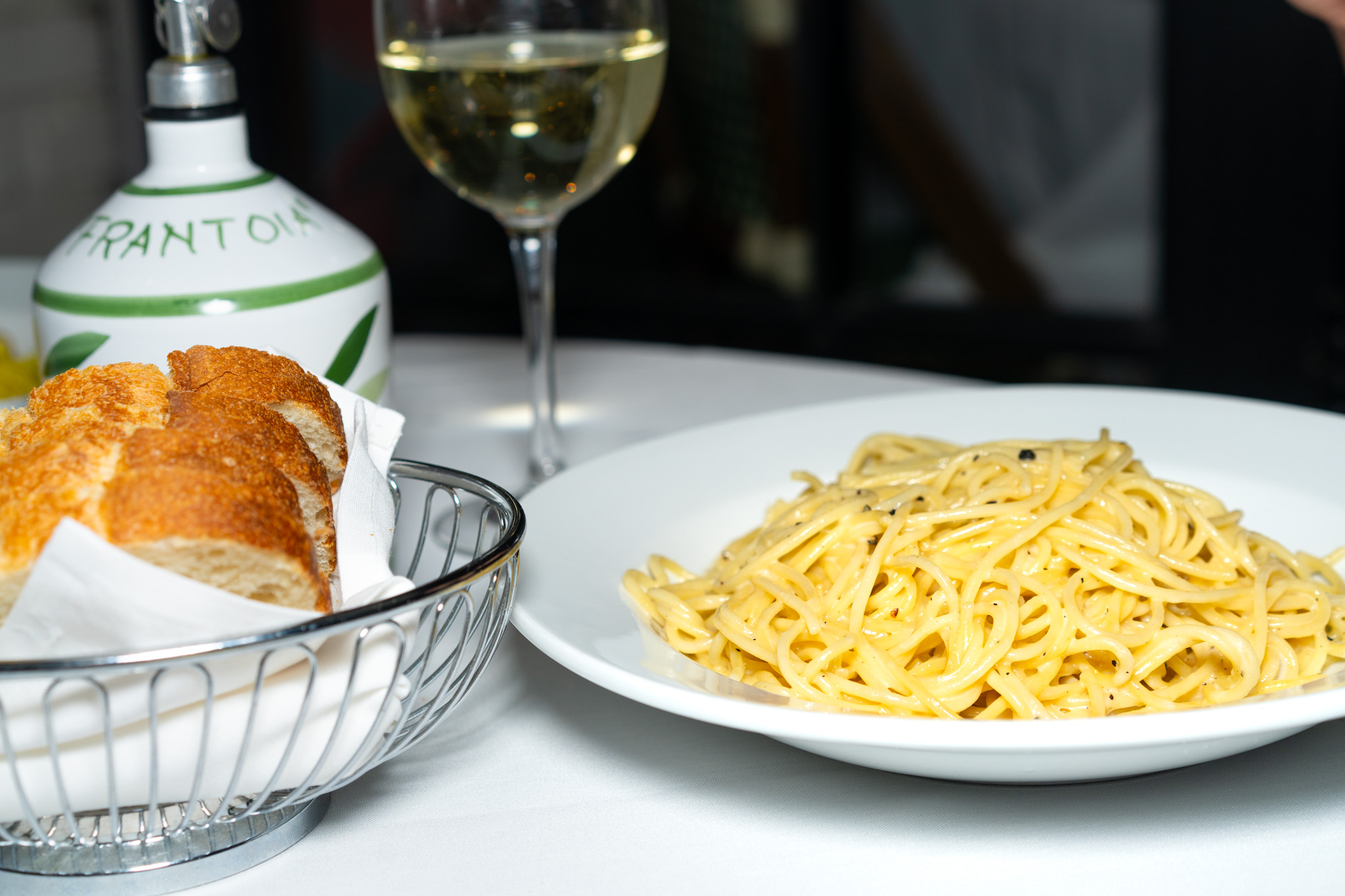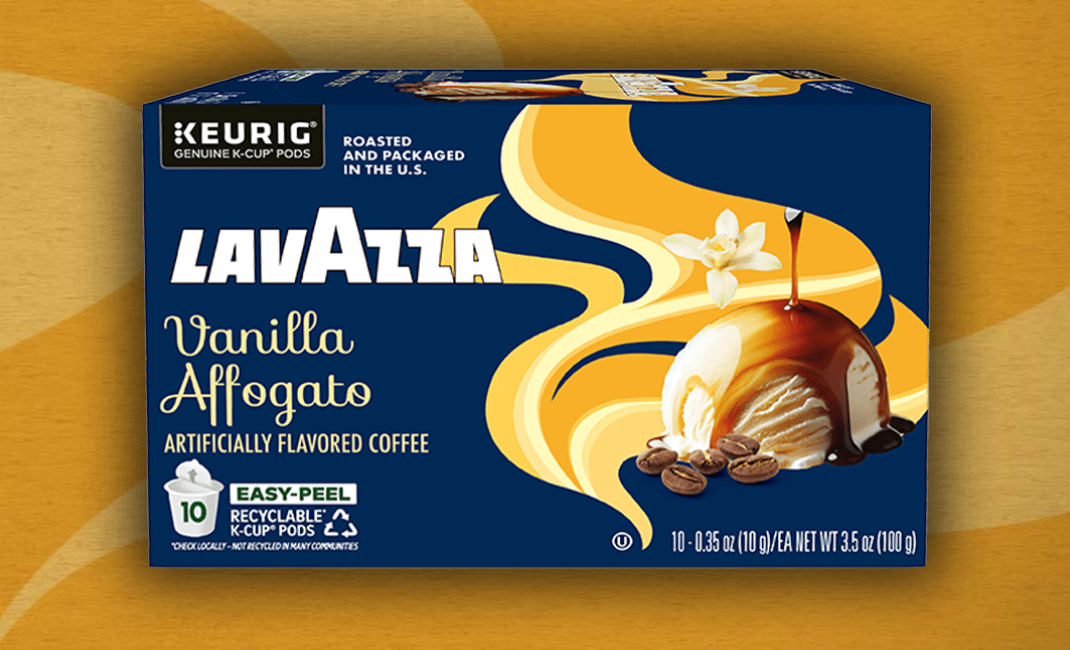Any trip to Rome requires a sampling of its four classic pasta dishes. Each showcases simple yet flavorful ingredients. These dishes—Cacio e Pepe, Carbonara, Amatriciana, and Gricia—are beloved staples of Roman cuisine, representing centuries-old traditions and flavors that have delighted locals and visitors alike. Let’s explore each of these classic Roman pastas and discover what makes them so special.
1. Cacio e Pepe

Cacio e Pepe translates to "cheese and pepper," and true to its name, it features just two main ingredients beyond pasta: Pecorino Romano cheese and black pepper. This minimalist yet intensely flavorful dish is a testament to the power of simple ingredients. The sauce is created by emulsifying grated Pecorino Romano with pasta water, resulting in a creamy coating for the pasta that’s both sharp and comforting. The black pepper adds a spicy warmth, making this dish a favorite for those who enjoy straightforward, bold flavors. Traditionally served with tonnarelli or spaghetti, Cacio e Pepe is both satisfying and sophisticated in its simplicity. [The flavor profile has become something of a trend, influencing other dishes and even spawning snack items like a Trader Joe’s puffed rice snack—even ice cream!
2. Carbonara

When it comes to classic Roman pasta, Carbonara is often the most famous, though it’s frequently adapted (or misinterpreted) outside of Italy. Authentic Roman Carbonara consists of pasta, guanciale (cured pork cheek), egg yolks, Pecorino Romano cheese, and black pepper—no cream, garlic, or onions. The sauce is made by tossing hot pasta with beaten egg yolks and cheese, creating a rich, creamy texture without the need for additional dairy. The guanciale adds a unique, savory flavor, and the black pepper complements the richness of the egg and cheese. Traditionalists prefer spaghetti or rigatoni for Carbonara, which is hearty enough to stand up to the sauce and offer the perfect bite.
3. Amatriciana

Named after the town of Amatrice, Amatriciana is another classic Roman pasta that has become a favorite throughout Italy and beyond. Its key ingredients are guanciale, Pecorino Romano cheese, tomatoes, and a touch of red chili for a hint of spice. This dish offers a wonderful balance of flavors, with the richness of the guanciale contrasting beautifully with the acidity of the tomatoes and the saltiness of the Pecorino. Traditionally served with bucatini—a hollow, spaghetti-like pasta that holds the sauce well—Amatriciana delivers a deliciously savory experience with every bite. This dish’s tomato base makes it distinct from the other Roman classics and adds a hint of sweetness to the plate.
4. Pasta alla Gricia
Often considered the precursor to both Amatriciana and Carbonara, Pasta alla Gricia is sometimes referred to as “the ancestor” of these Roman classics. This dish combines guanciale and Pecorino Romano, allowing each ingredient’s flavor to shine without any additional elements such as egg or tomato. Pasta alla Gricia is simple yet full of flavor, with the rendered guanciale fat creating an appearling coating for the pasta. Like many Roman dishes, the pasta water is used to emulsify the cheese into a creamy sauce, making each mouthful rich, salty, and perfectly seasoned. Rigatoni or tonnarelli are the traditional pasta choices for this dish, both holding up well to the sauce and creating a satisfying, chewy texture.
This article was written with an assist from AI, but has been edited and checked by humans.







